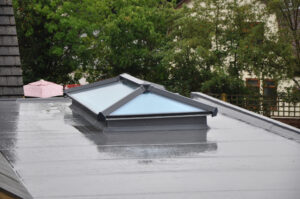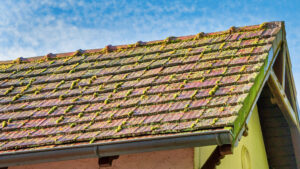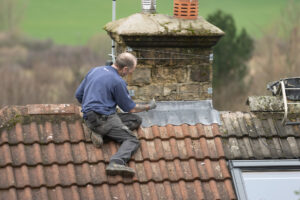When we speak about building a roof or roof maintenance, ventilation is the last thing that comes to our minds. However inconspicuous it may seem, it is a significant part of roofing that cannot be ignored. It is an important element in maintaining a healthy, energy-efficient and long-lasting home environment. Keep reading to understand everything about roof ventilation and how WABO Roofing takes care of it when building/maintaining your roof.
What is Roof Ventilation?
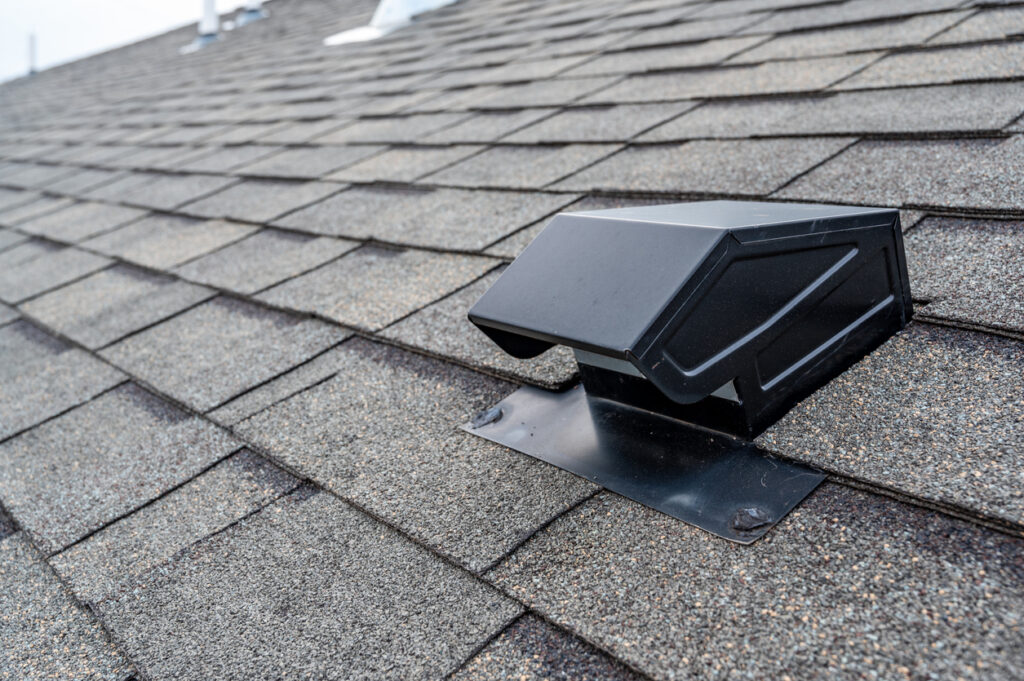
Roof ventilation is important to create a balanced and controlled airflow in the attic or roof space of a building. It is a significant feature that prevents the accumulation of heat, moisture and condensation and controls temperature and humidity levels in the house. It also preserves the integrity of the roofing materials and the overall structural elements of the building, which in turn helps to maintain a healthy and energy-efficient indoor environment.
Roof ventilation is significant for the longevity and comfort of a building as it prevents problems like mould growth, rot and premature deterioration by allowing fresh air to enter through intake vents and releasing hot, humid air through exhaust vents.
Different Types of Roofing Ventilation System
There are two main types of roofing ventilation:
Intake Vents
Intake vents are built on the lower portions of the roof, like along the soffits or fascia boards. These vents allow cool fresh air from the out to replace the warm, stagnant air in the attic. Some common designs for intake vents include soffit vents that are found along the overhang of the roof.
Another common design is the fascia vents, which are included in the horizontal surface of the fascia board. They are significant in maintaining a balanced airflow that keeps the attic dry and prevents heat buildup.
Exhaust Vents
The exhaust vents are installed along the uppermost parts of the roof, like the ridgeline or gable ends. Gable vents are installed on the gable walls, and turbine vents use wind power to create suction.
Ridge vents run along the top of the roof. These vents make it easier for hot, humid air from the attic to escape and help to maintain proper temperatures and humidity levels. This helps prevent extreme heat, mould growth and structural damage.
What are the Benefits of Good Roof Ventilation?
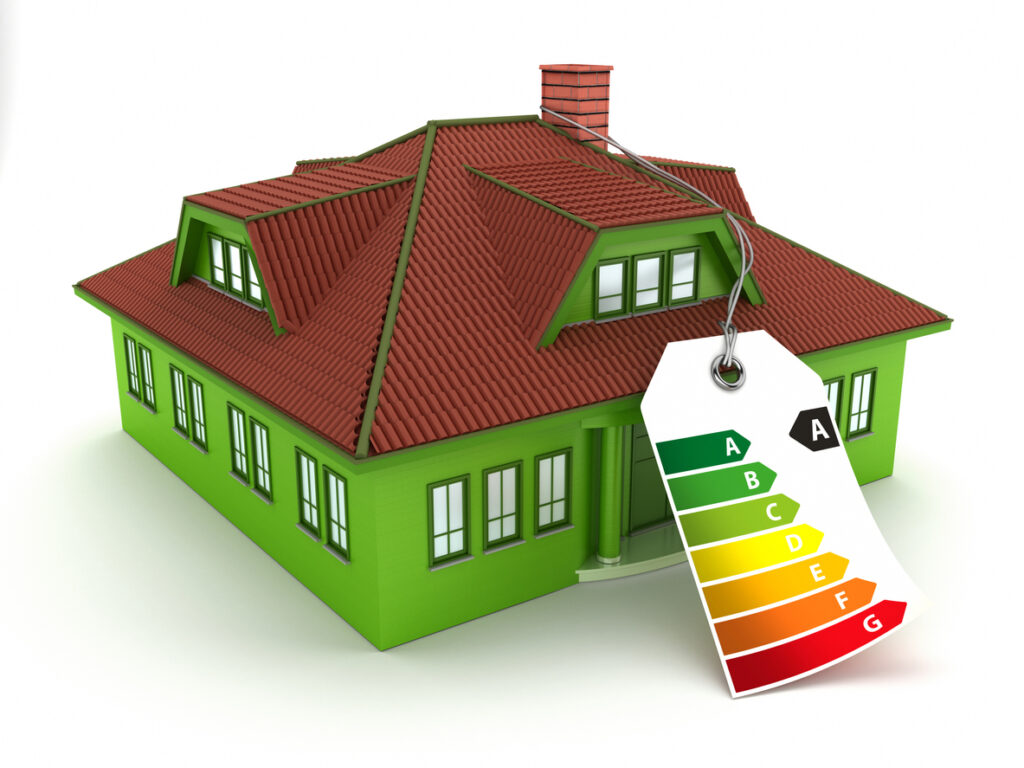
Add to the Roof Lifespan
The lifespan of roofing materials can be shortened by excessive heat and moisture, which can hasten material degradation. Proper ventilation helps in minimizing these effects, increases the lifespan of the roof and lowers maintenance costs.
Controls Moisture
The buildup of moisture, which can result in the growth of mould, rot, and other structural problems, is avoided by adequate ventilation. Ventilation preserves the integrity of roofing materials and the overall structure by allowing moist air to exit.
Energy Efficient
Energy savings result from balanced roof ventilation because it lessens the need for air conditioning. Less heat transfer into living spaces results from cooler attics, which lessens the load on HVAC systems.
Good Air Quality, Indoors
Mould growth can negatively impact the indoor air quality and present health risks to occupants. Effective ventilation prevents this from happening. Ventilation helps create a healthier living environment by ensuring the attic is kept dry and clean.
Temperature Regulation
A properly ventilated roof aids in controlling attic temperatures and prevents them from rising too high in the summer. As a result, cooling systems are not put under too much pressure, which aids in lowering energy costs and improves comfort.
Understanding How Much Ventilation is Needed for the Roof of a Home/Building
The size of the attic, the kind of roofing material and the local climate all play a role in determining the correct ventilation for a given roof. A general rule that is followed by the roofing contractors is to to balance intake and exhaust ventilation equally.
According to industry standards, there should be an equal amount of intake and exhaust vents on every 300 square feet of attic space.
Installation and Maintenance of Roofing Ventilation
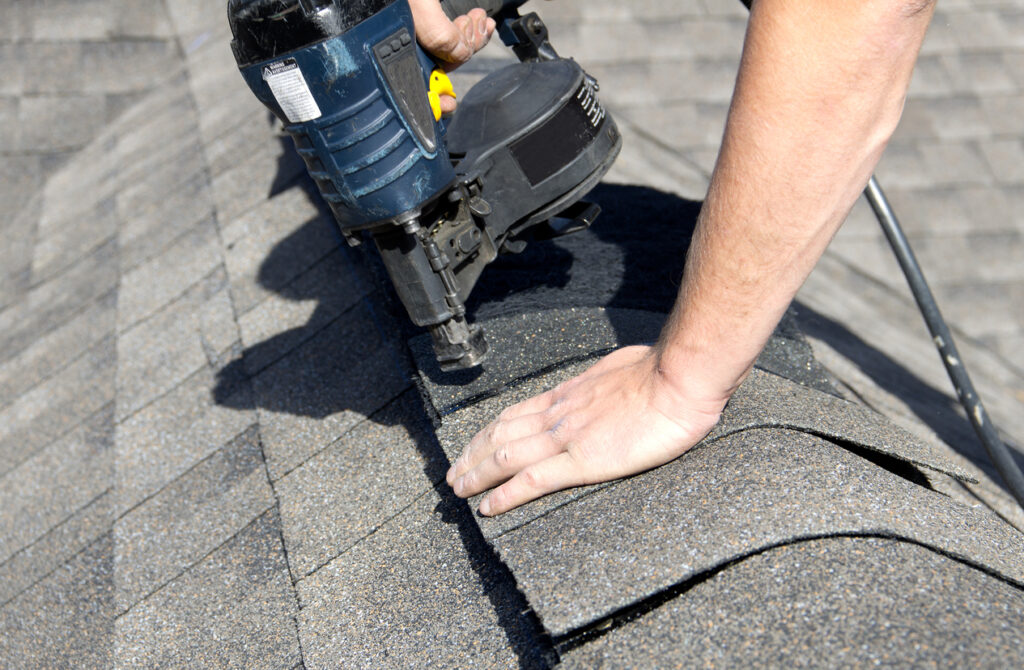
For effective roof ventilation, proper installation and regular maintenance are necessary. The airflow can be impeded by improperly installed vents or blocked passageways, making the ventilation system ineffective.
It is advised to speak with roofing experts like WABO Roofing, who can evaluate your unique needs and install the proper vents in the proper places. The ventilation system can also continue functioning at its best with routine inspections and cleaning.
Technological Advancements in Roofing Ventilation
Modern systems that are more effective and sophisticated have been created for roof ventilation technology. For example, solar-powered attic fans increase ventilation while using less energy by powering exhaust fans with solar energy. In order to maintain ideal conditions throughout the year, smart ventilation systems can automatically adjust airflow based on temperature and humidity levels.
WABO Roofing – The Expert Roofing Contractors in Texas
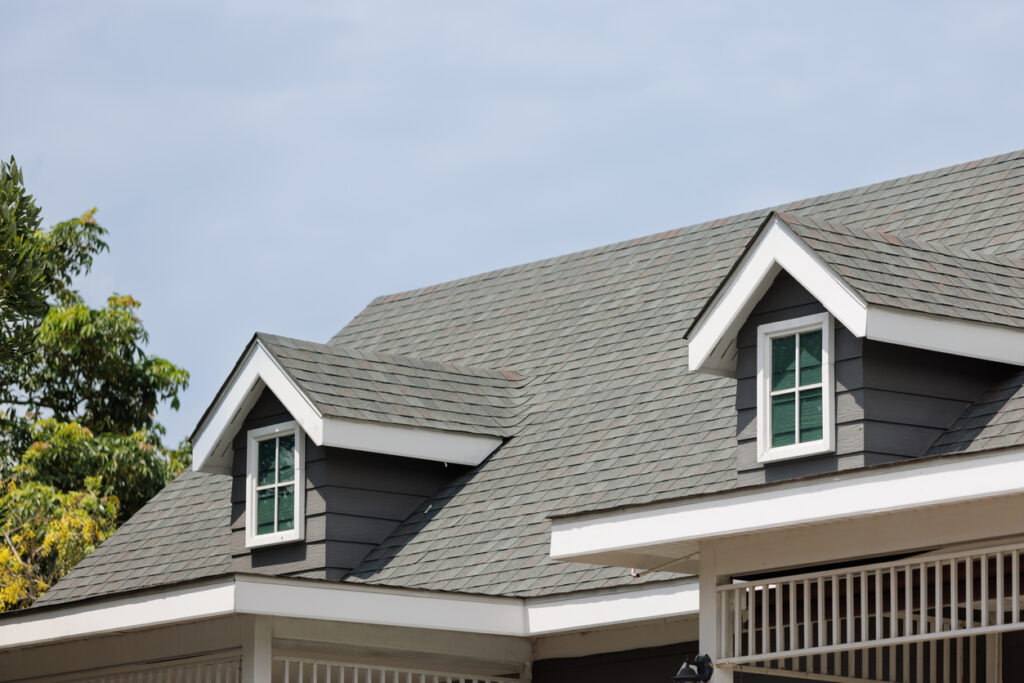
At WABO Roofing, our expertise in ventilation is backed by a thorough understanding of industry standards. With years of experience, we possess an in-depth knowledge of optimal ventilation practices. We take pride in offering comprehensive insights into roof ventilation, ensuring your home’s comfort and longevity.
Our team is dedicated to sharing the state-of-the-art advancements and guiding you towards the best-suited ventilation solutions. You can trust us to provide unmatched expertise that aligns with industry norms, enhancing your roofing system’s efficiency and your overall living experience.


